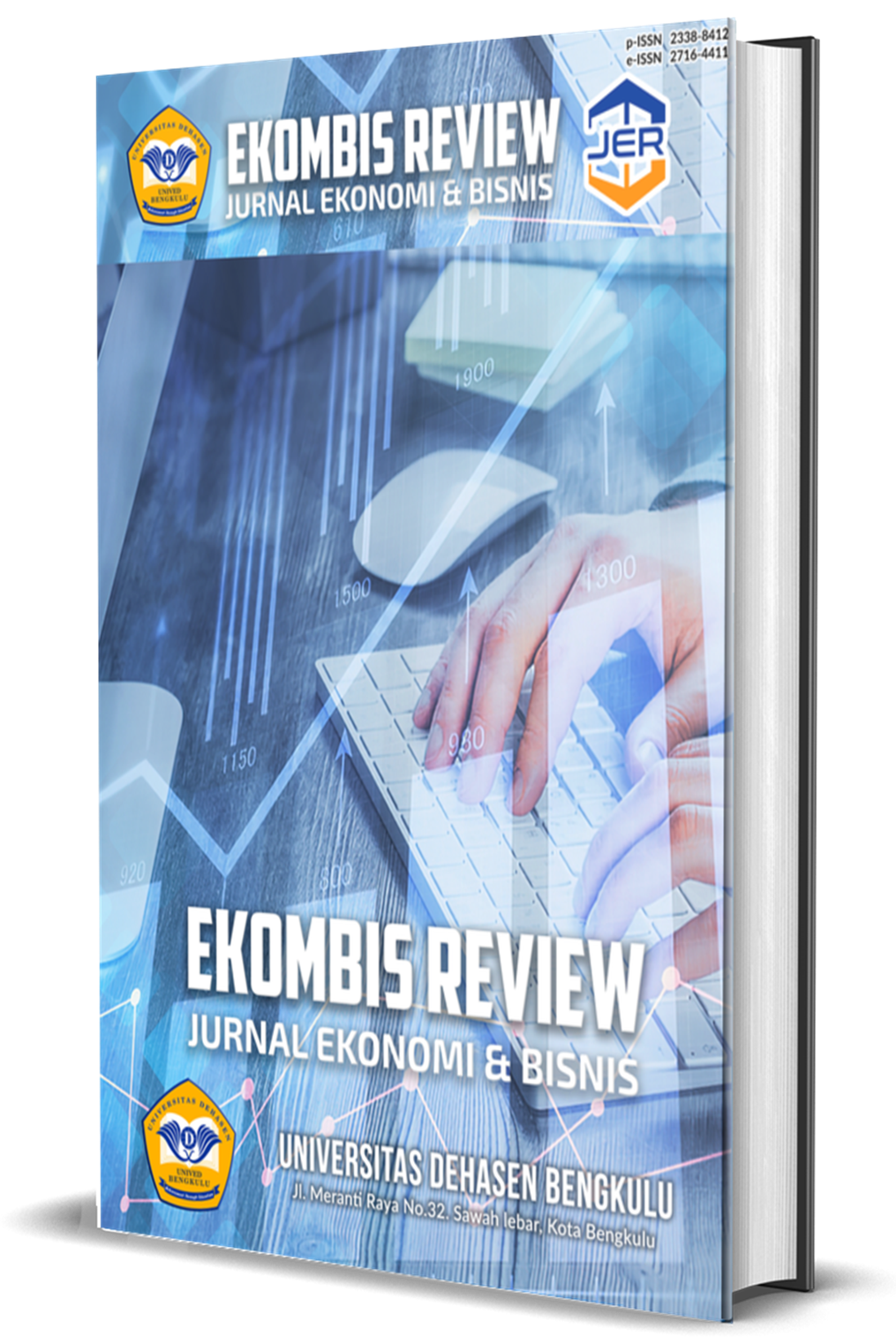Reducing Outdated Solution To Drive Destination Loyalty Based On Destination Image And Destination Congruence: An Empirical Investigation
English
Abstract
This study aims to build a new conceptual model that aims to provide an explanation of a tourism marketing destination, in this case the destination loyalty concept. The conceptual model was built with the aim of creating a bridge to overcome the gap between the Destination service cave quality variables on Destination royalties and information service on destinations. The data taken in this study used data from the Convenience sample. The data was collected from a population of both domestic and foreign tourists visiting destinations in Central Java province and the data was analyzed using the 25 Amos software. Research deserves to be accepted. This study provides evidence that the application of service dominant logic theory and self-concruity theory has become an optimal solution to increase destination loyalty based on the variables proposed from this theory. Companies are expected to provide service providers who are able to encourage positive emotions which are expected to be able to build an alignment. In addition, a destination plan that has a form of consideration in making a hard cape and soft cape. Later it will be able to encourage the emergence of a Destination which can comprehensively lead to an increase in Destination loyalty.
Downloads
Copyright (c) 2025 Idah Kusuma Dewi, Sukrisno Sukrisno, Pranoto Pranoto, Sarrah Jessica Hidayat

This work is licensed under a Creative Commons Attribution-ShareAlike 4.0 International License.
An author who publishes in the EKOMBIS REVIEW: Jurnal Ilmiah Ekonomi dan Bisnis agrees to the following terms:
Author retains the copyright and grants the journal the right of first publication of the work simultaneously licensed under the Creative Commons Attribution-ShareAlike 4.0 License that allows others to share the work with an acknowledgement of the work's authorship and initial publication in this journal
Submission of a manuscript implies that the submitted work has not been published before (except as part of a thesis or report, or abstract); that it is not under consideration for publication elsewhere; that its publication has been approved by all co-authors. If and when the manuscript is accepted for publication, the author(s) still hold the copyright and retain publishing rights without restrictions. For the new invention, authors are suggested to manage its patent before published. The license type is CC-BY-SA 4.0.
EKOMBIS REVIEW: Jurnal Ilmiah Ekonomi dan Bisnis is licensed under a Creative Commons Attribution-ShareAlike 4.0 International License.














